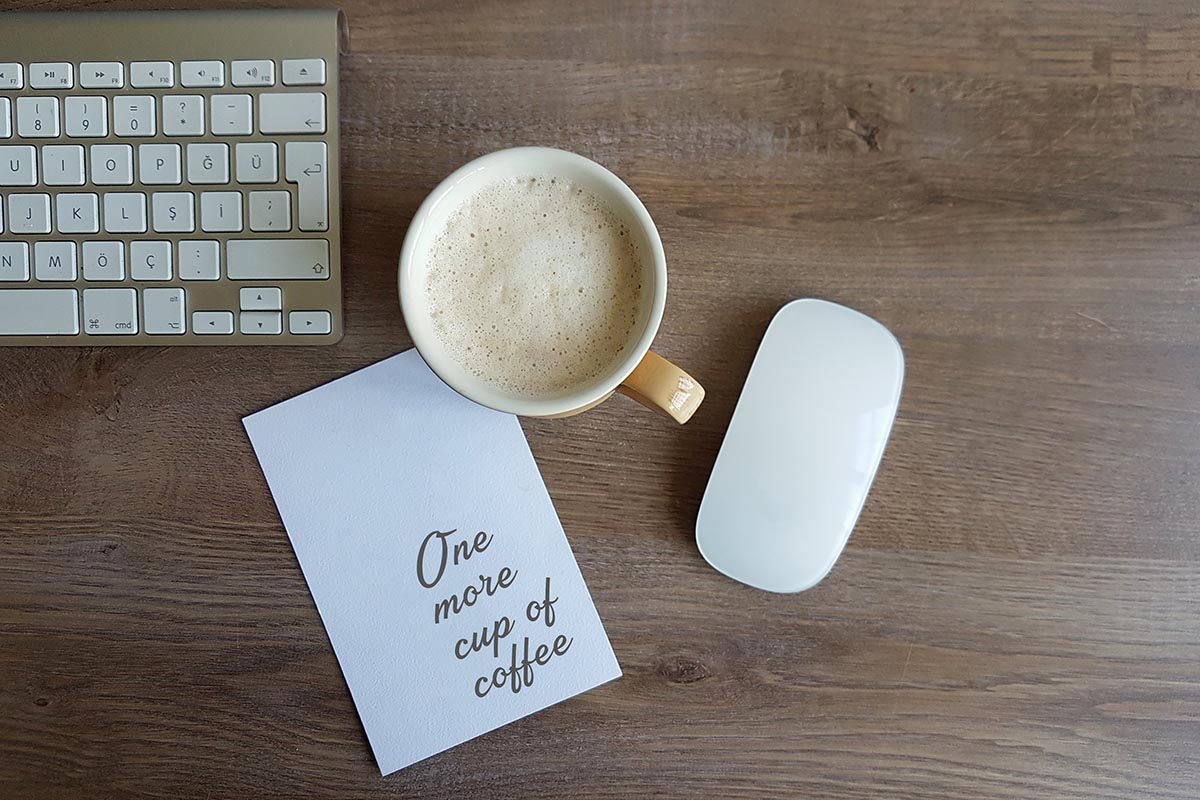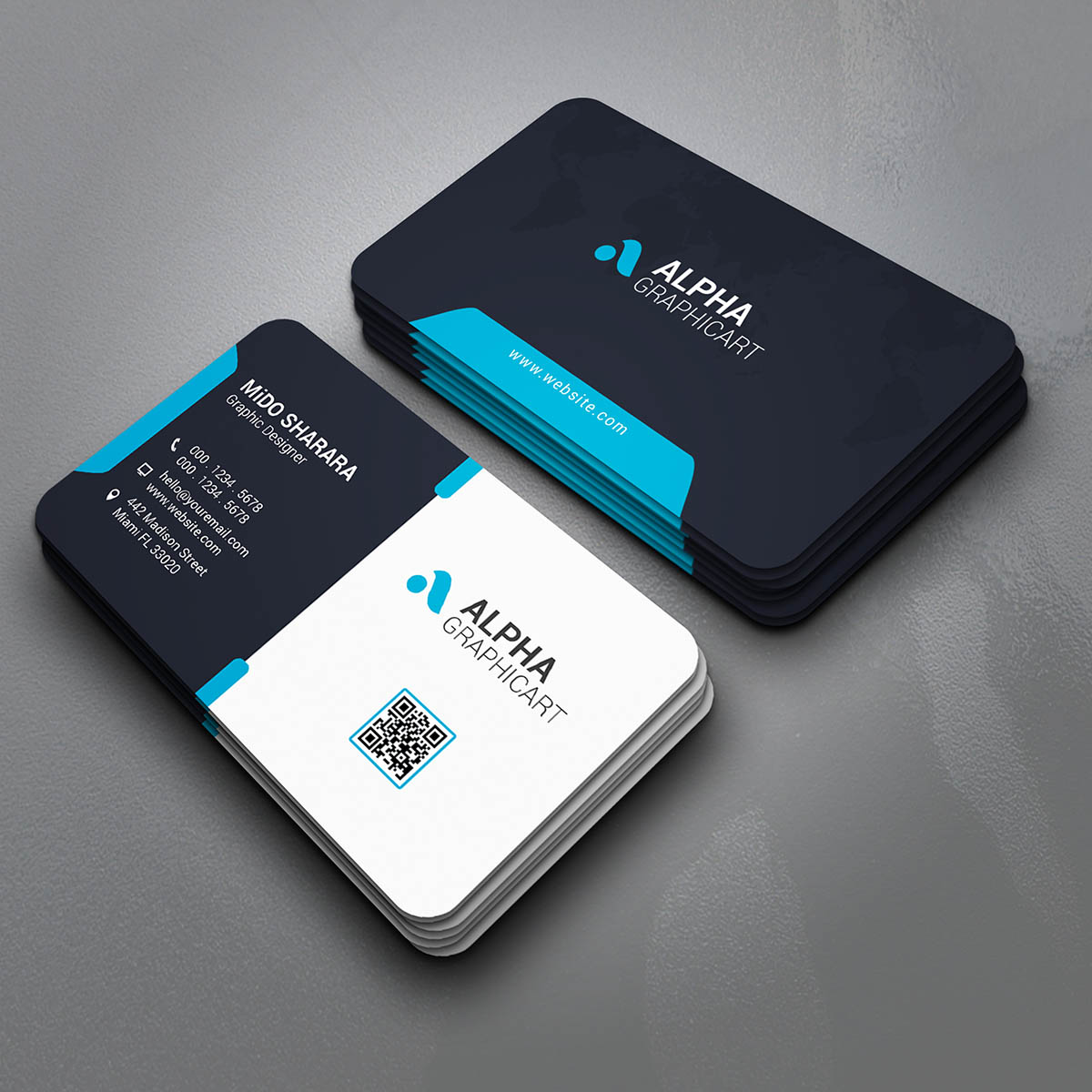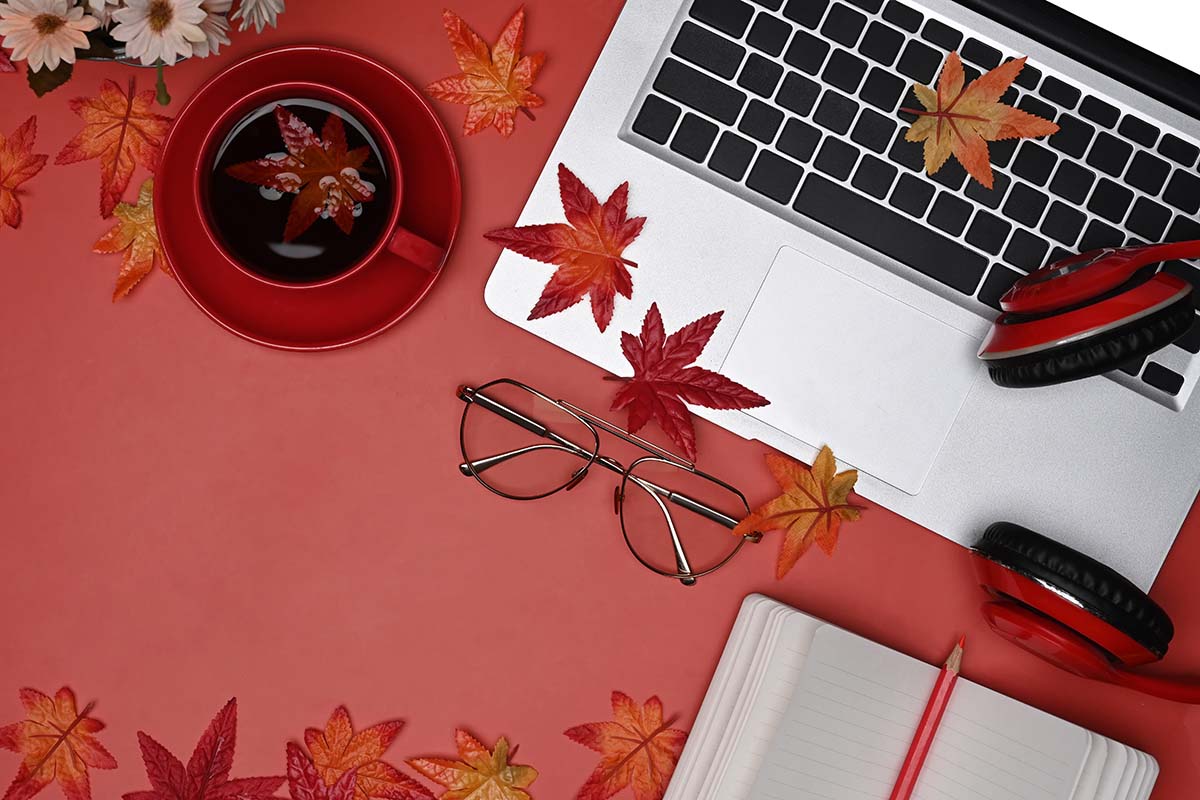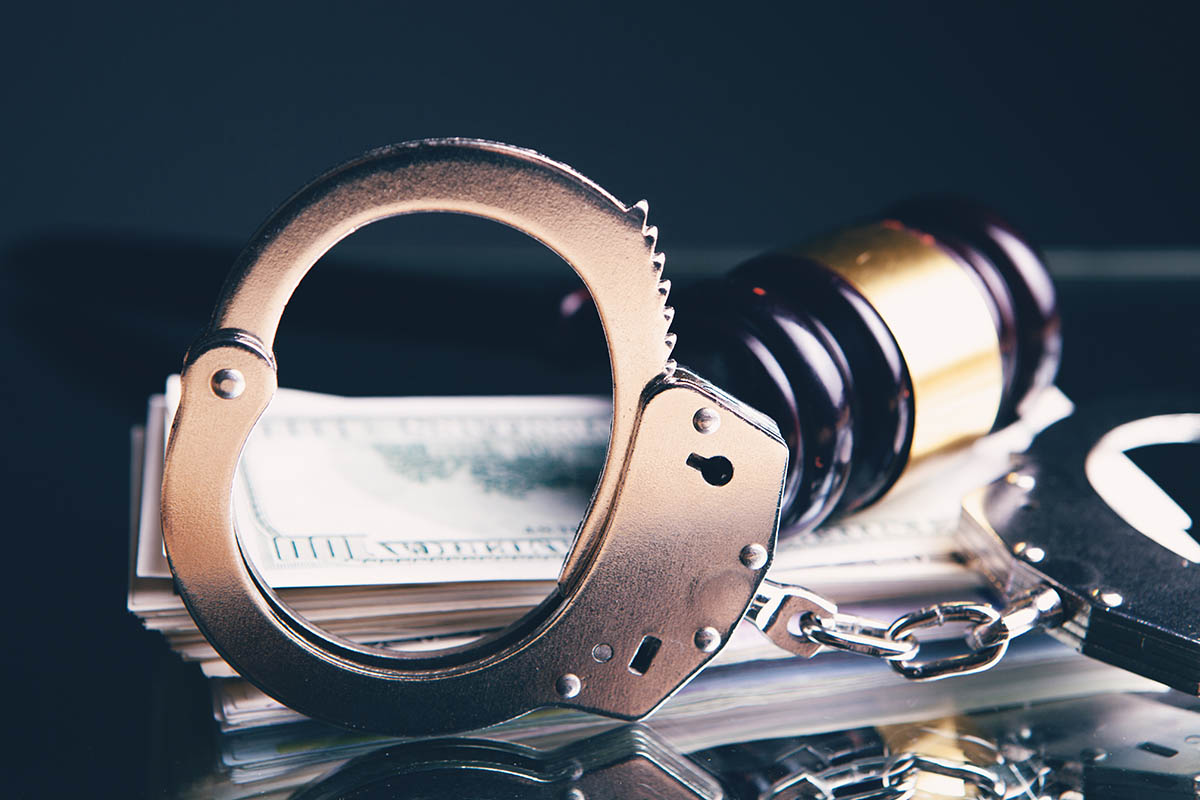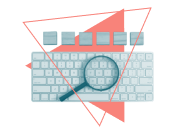Why We Still Use Business Cards in a Digital World
Key Points
Business cards still matter in a digital world—they offer a polished, memorable way to make real connections at events.
Swapping cards feels more professional than exchanging numbers on phones, especially when you include a professional contact number.
Cards reinforce your brand visually, helping people remember who you are and follow up after the conversation.
Yes, we’re living in the age of QR codes and LinkedIn scans—but somehow, business cards still matter. And if you’ve been to any event lately, you know exactly what I mean.
People still carry them. People still ask for them.
In fact, I just came back from a networking event where we all had phones in our hands… and yet, we were still trading cards.
Why? Because there’s something timeless about handing someone a well-designed card with your name and a professional contact number on it.
It feels official. Polished. Memorable.
Swapping numbers through phones might feel casual or messy, but a business card gives structure to the moment.
It’s a quick, visual reminder of what you do—and it leaves something physical behind.
A card says, “I came prepared,” even if you’re a one-person show.
Also, let’s be honest: after an event, we don’t always remember who was who. But a card with your name, brand colors, and details helps people reconnect and actually follow up.
Business cards might not be flashy, but they’re still one of the simplest, most effective tools to leave a professional impression—especially when paired with a professional contact number that shows you’re not just passing through.
Essentials of Business Cards
You may have received thousands of business cards in your lifetime, and while you keep some, you throw away an avalanche of unnecessary ones.
However, you do not want your card to be in the trash. Whether it is for business or pleasure, follow your instinct in choosing your recipients.
Business cards are not just an essential tool to look at potential business opportunities; they also serve a purpose on a personal level.
Sharing business cards opens a connection to build rapport with new acquaintances.
This human factor makes it impossible to replace the essentials of business cards with the many digital tools around.
Sure, we live in a digital world, but when someone hands you a card with their name and a professional contact number, it instantly feels more credible, more personal, and more trustworthy.
That number isn’t just a way to call—it signals that this person or business is serious, established, and ready to be reached.
A mobile number can feel temporary, but a professional contact number on a card gives a sense of stability and professionalism that digital-only connections often lack.
It’s a small detail that quietly reinforces your brand, especially during first impressions that matter.
The Face of Business Cards in the Digital Age

Business cards continue to evolve even to this date, so it is crucial to choose a design that will convey the nature of your business or company.
Albeit the rise in digital marketing tools, business cards adapt the latest in print innovations that can match other business marketing techniques.
There are plenty of options available online for designing business-related cards.
From simple to customized designs, the possibilities are endless.
Characteristics of a Useful Business Card
Business cards should have your complete contact details.
Business cards are tangible means to convey how the client/recipient can get in touch with you.
Therefore, you ought to indicate your name, position in the company (or the title you hold), office name, address, email, website, fax, and company phone numbers.
You may want to include your cellphone or home landline numbers, and your email.
Because of the limited space, be brief and concise in adding information on your card; it might appear dull if it is too overcrowded.
Focus on clarity more than design elements
Your contact details are just as important as recognizing your face, so try to include a photo.
The first impression lasts, but some aged clients may have memory lapses in recalling faces.
Handing business cards usually happens on first meetings, so the client must remember about your circumstances and line of access.
Some business entrepreneurs opt to leave the back part of the card blank for some personal message, a mnemonic tool for fast recall.
A sound business card reflects the value of your company
A business card should portray side by side with the existing identification of the company like the logo, letterhead, and envelopes.
Providing yourself and your other personnel with business cards might increase sales. Although it is a small piece of card, it bears lots of benefits.
In line with this value, make it a point to design your cards depictive of the spirit, trademark, and culture of your business or company.
Your business card should stand the test of competition
You cannot deny the fact that your card is just one of those hundreds of business cards your clients receive.
Opt for a smartly-designed card to differentiate yours from the others.
Modern touches comprised unique designs, folds, and shapes, which can make your card stand out among the rest.
You can surf online and find many ideas, which will help you decide in coming up with a competitive business card.
Final Thoughts on Marketing Tool
As much as possible, opt for professional designs for your business card. Do not sacrifice clarity and value in exchange for aesthetics.
Plenty of models are quite confusing, just like overcrowding a card with too much information is boring.
Business cards do not need gimmicks and fancy folds when you mean serious business.
If you are a lawyer or a CPA, a more direct business card is smart and appropriate.
Leave the stylish designs to companies that cater to art, fashion, home interiors, and the likes.
Although visually appealing cards help in projecting the company’s identity, it is still smart to stay on the safe side, which is simple and crystal clear with information.

